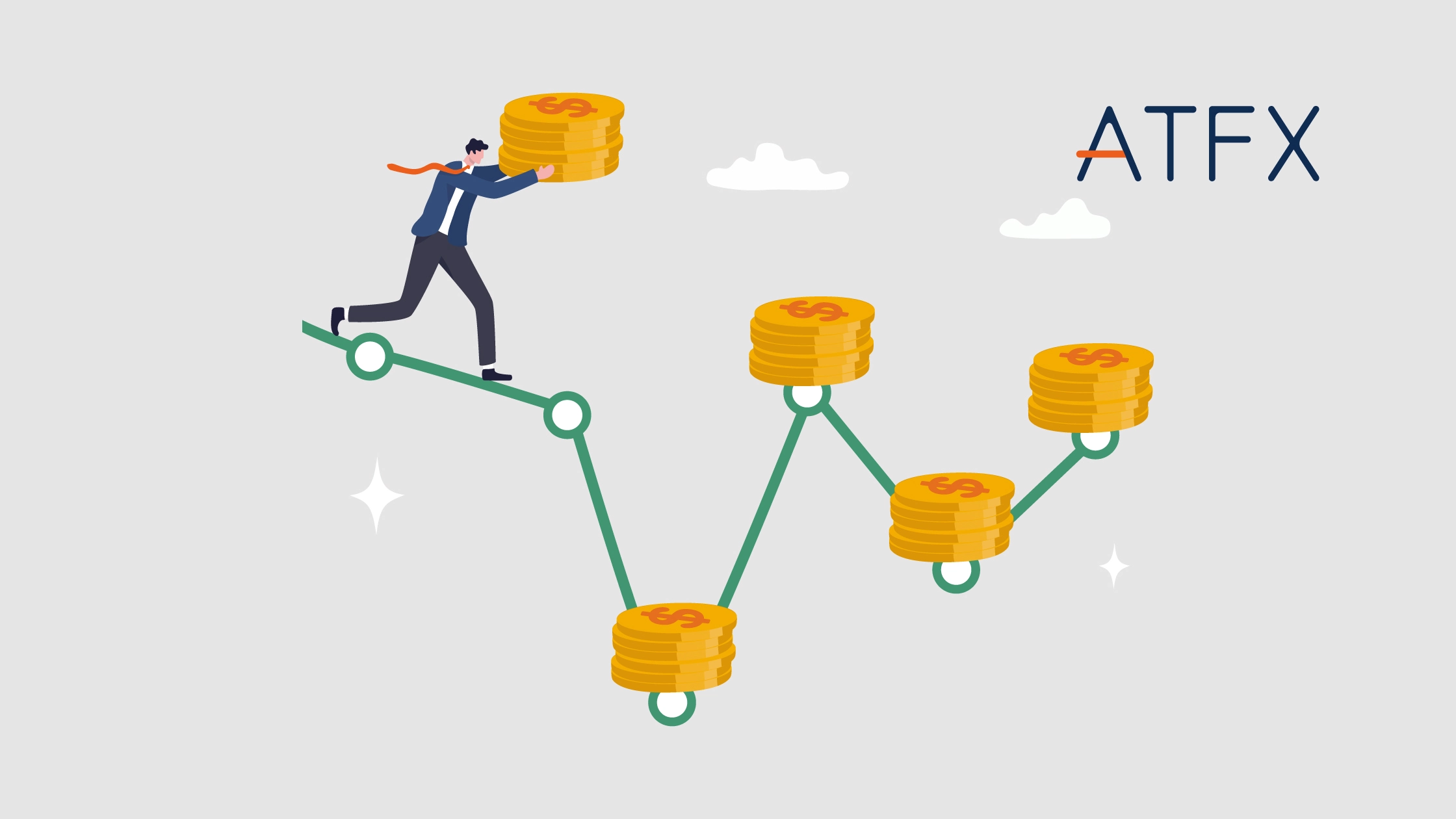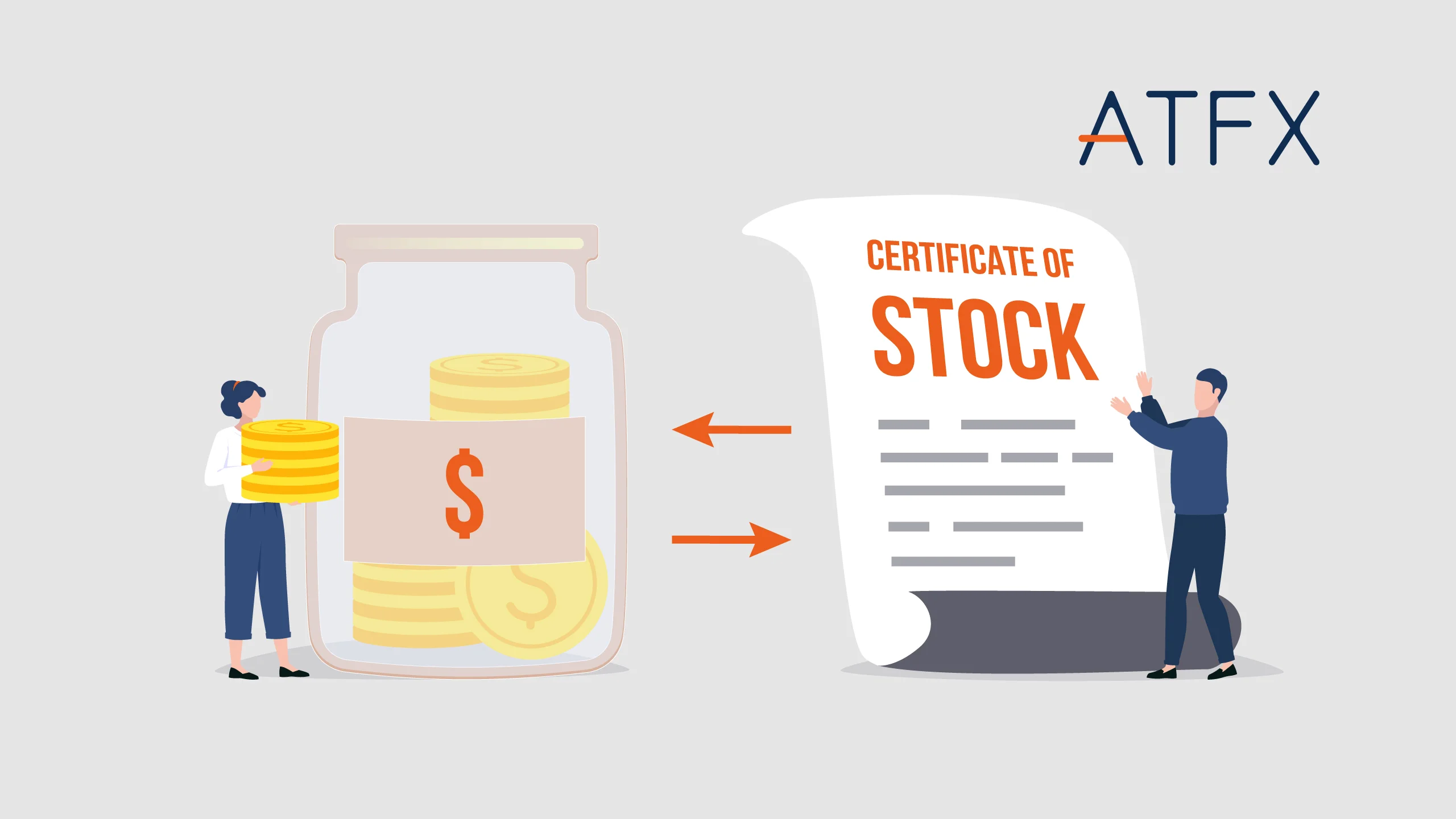What is the difference between CFDs and options? Whether you’re new to the financial markets or bring years of experience, understanding these instruments is crucial for your trading strategy. In this article, you will learn key differences and similarities between CFDs and options, and which one you should choose.
What are CFDs?
CFDs, or Contracts for Differences, are agreements between an investor and a broker to exchange the difference in the price of an asset from when a trade is entered to when it is exited. The allure of CFD trading lies in its leverage and the ability to go long or short. However, this comes with a high risk due to potentially significant losses if the market moves unfavourably.
Example: Imagine a trader speculating that the price of gold will increase. They enter a CFD at $1,800 per ounce. The trader profits from the difference if the price rises to $1,850. Conversely, the trader faces losses on that same differential if the price drops.
What are Options?
Options trading involves purchasing the right, but not the obligation, to buy (call option) or sell (put option) an underlying asset at a predetermined price (strike price) before a specified date (expiration date). Options can be used for hedging, income generation, or speculating on an asset’s price direction.
Example: An investor believes that Company XYZ’s stock, currently priced at $100, will rise in the next three months. They buy a call option with a strike price of $105. If the stock exceeds $105, the investor can exercise the option to achieve gains; otherwise, the loss is limited to the option’s premium.
CFDs vs Options: 10 Differences
Feature | CFDs | Options |
Expiry | No expiry date; trades can be closed at any time. | Have an expiration date by which the option must be exercised or becomes worthless. |
Ownership | No ownership of the underlying asset; purely speculative. | Provides the right (but not the obligation) to buy or sell the underlying asset. |
Potential Losses | Potential for unlimited losses depending on the market movement. | Losses are generally limited to the premium paid for the option. |
Capital Requirement | Margin required, which can be a significant portion of the trade’s value. | Only the premium is required to enter a trade, often lower than the equivalent position in the underlying asset. |
Trading Strategy | Suitable for short-term speculation and leveraging positions. | Can be used for a variety of strategies, including speculation, hedging, or income. |
Risk and Reward | High leverage amplifies both potential gains and losses. | Risk is limited to the option premium, but the potential for reward can be significant if the market moves favourably. |
Market Access | Typically offers access to a wide range of international markets directly. | Market access may be limited by the available options markets for certain assets. |
Profit/Loss Calculation | Profit or loss is determined by the difference in price from when a position is opened to when it is closed. | Profit or loss potential is determined by the option’s strike price relative to the market price at or before expiration. |
Costs and Fees | May include spread, overnight funding charges, and commission (broker-dependent). | Costs primarily include the premium paid, potentially with commissions and exercise fees. |
Complexity | Relatively straightforward concept but requires an understanding of leverage and margin. | Can be complex due to the variety of option types and strategies (e.g., spreads, straddles). |
Example:
CFDs: A trader speculates that the price of gold will rise from $1,800 per ounce and buys a CFD for 10 ounces, requiring a 5% margin or $900. If the price climbs to $1,850, the profit is $500, but if it falls to $1,750, the loss is also $500, highlighting the leverage and risk of CFD trading.
Options: An investor optimistic about Company XYZ’s stock rising from $100 due to a new product buys a call option with a strike price of $105 for a $3 premium per share. If the stock soars to $120, the net profit after exercising the option is $1,200. Still, if it falls or doesn’t surpass $105, the loss is limited to the $300 premium, demonstrating options trading’s potential for high returns on a lower investment and capped losses.
Consider ATFX as your CFD Broker
Experience CFD trading at its finest with ATFX, where competitive spreads meet a seamless trading platform. Fully regulated by the FCA, ATFX is your gateway to confident trading. Learn more about what ATFX has to offer.
CFDs vs Options: 5 Similarities
Derivative Nature: Both are derivatives, meaning their value is derived from the underlying asset’s price movement, which can be stocks, commodities, indices, or currencies.
Leverage: They allow traders to use leverage, amplifying potential profits from small movements in the underlying asset’s price. However, this also increases the risk of losses.
Market Direction Speculation: Traders can speculate on both rising and falling markets. CFDs do this through long (buy) and short (sell) positions. Options traders can buy call options to speculate on rising markets and put options for falling markets.
Access to Global Markets: Both instruments provide access to a wide range of global markets without needing physical asset exchange.
Risk Management Tools: They offer tools for risk management, like stop-loss orders for CFDs and the option to let options expire worthless, limiting the loss to the premium paid.
CFDs vs Options: 3 Pros and 3 Cons
3 Pros of CFDs:
Flexibility to go long or short, allowing profit from both rising and falling markets.
Access to a wide range of markets, including stocks, forex, commodities, and indices.
No expiry date, providing freedom to close positions at a chosen time.
3 Cons of CFDs:
High leverage can lead to significant losses, sometimes exceeding initial investments.
Overnight financing charges can accumulate, especially in long-term positions.
Market volatility and rapid movements can amplify losses.
3 Pros of Options:
Limited risk to the premium paid, offering protection against unlimited losses.
A variety of strategies available for income, hedging, or speculation.
Potential for high returns on a relatively low investment (the premium).
3 Cons of Options:
Options can expire worthless, resulting in a total loss of the premium.
Complexity of understanding and effectively utilising options strategies.
Time decay (theta) can erode the option’s value as expiration approaches.
Choosing Between CFDs and Options
Consideration | CFDs | Options |
Investment Goal | Suitable for short-term speculation and leveraging market movements. | Best for strategic positions in the market with predefined risk levels. |
Capital Outlay | Generally requires a margin, which can be a significant portion of the trade’s value, but allows for higher leverage. | Requires paying a premium upfront, which is typically less than the margin required for a comparable CFD position. |
Risk Exposure | Potential for unlimited losses, as losses can exceed the initial investment due to leverage. | Loss is limited to the premium paid, offering a predefined risk level. |
Profit Potential | Unlimited, as profits are determined by the extent of the price movement of the underlying asset. | Maximum profit for buyers is potentially unlimited (for call options if the asset’s price rises substantially), but sellers have limited profit potential to the premium received. |
Market Direction | Can profit from both rising and falling markets by going long or short. | Can speculate on both market directions using different types of options (calls and puts). |
Expiration Date | No expiration date; positions can be held as long as the margin is maintained. | Options have an expiration date by which the decision to exercise or let the option expire must be made. |
Complexity | Relatively straightforward, with complexity mainly around understanding leverage and margin. | Can be more complex due to the variety of options strategies and understanding of terms like strike price, expiration, and Greeks. |
Practice CFDs Trading Through a Demo Account
If you’re not quite prepared to dive into live trading with CFDs, our demo account offers a risk-free environment with $50,000 in virtual funds for practice.
Imagine making a trade that would typically lead to a $500 loss. This loss is purely virtual in the demo account setting, providing a crucial learning experience without any real financial impact. The ATFX demo trading platform mirrors the live account in the design, allowing users to familiarize themselves with its tools and features thoroughly before moving on to actual trading.


